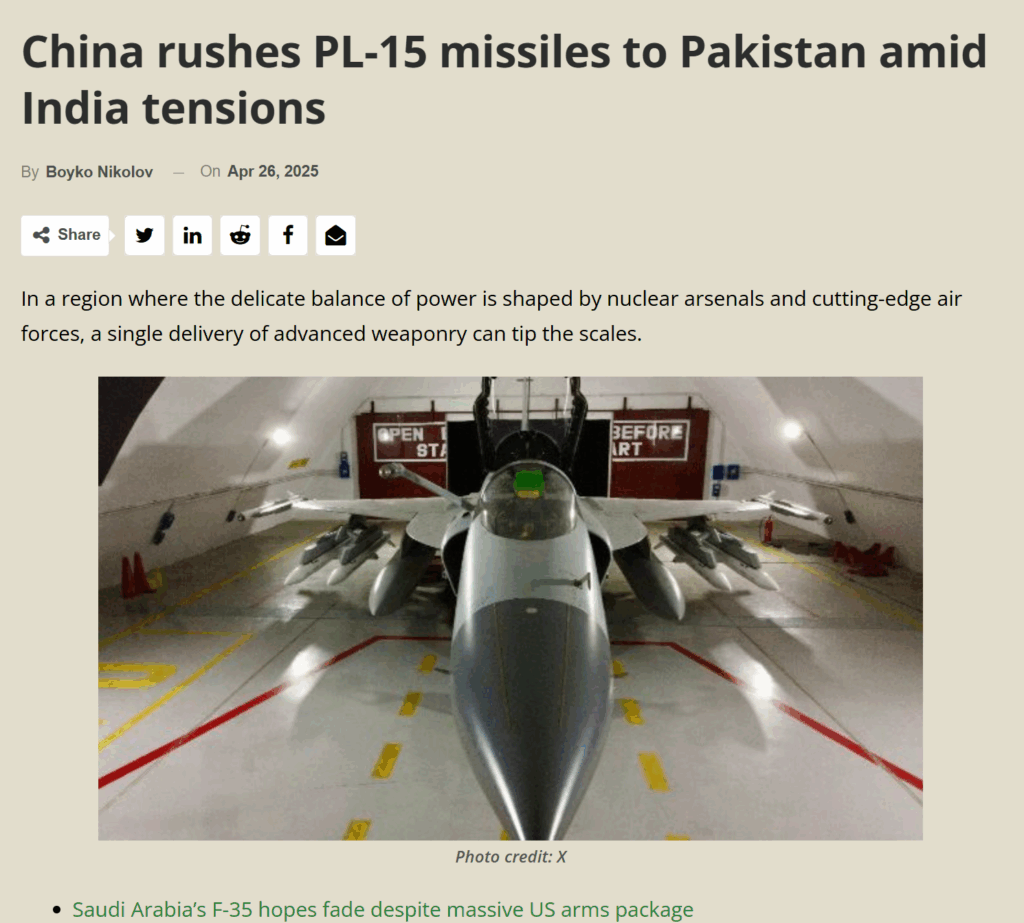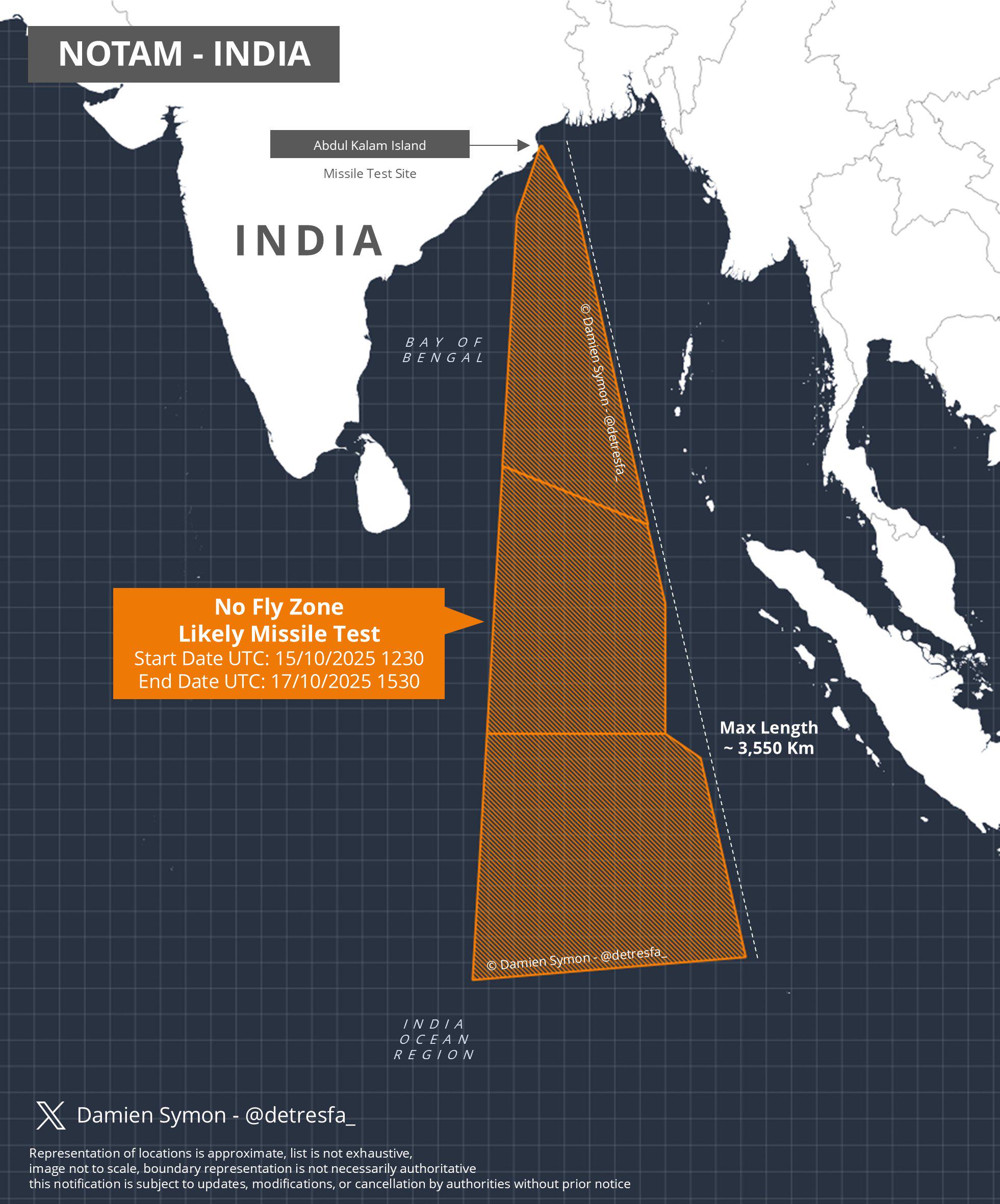Why an astonishingly difficult mission was imposed on the Indian Airforce by the political leadership?
If you look at the recent war between India and Pakistan, you will notice that India has foolishly ‘restrained’ itself far too many times to chase self assumed moral superiority that no one else cares for, and are sometimes self-contradictory, but every government of India has made it their number one priority.
Indian government will be willing to sacrifice the lives of a dozen pilots if it meant they can self claim that they were on the side of righteousness. In this article, we will go in depth about this phenomenon that has cost India tremendously over the decades, but is a rarely discussed subject because no one else seem to care.
Day of hit back
On the day India bombed, the 9 terrorist camps in Pakistan, Government of India gave the following objective to the Indian Airforce –
Indian Mission Objective
- Bomb 9 terrorist camps
- Do not bomb any Pakistani military infrastructure or equipment
This made the entire mission insanely risky as Pakistan is a heavily armed country with multitude of advanced air defense systems and an airforce that is almost on par with Indian airforce.
No modern airforce will want to take a mission like this, not even the mighty United States Airforce. They would first prefer to do SEAD missions, that is, suppression of enemy air defenses before trying to destroy other targets inside enemy territory. This is because, if you try to destroy targets without disabling the air defense system, the defending country can easily shoot down your planes. Even if you have the most advanced fighter jets, it would get overwhelmed by dozens of anti-aircraft missiles fired by the defending air defense system.
Meanwhile, let’s check what Pakistan would have wanted to do.
Pakistan Mission Objective
- Shoot down few Indian planes.
- Capture pilot to force a negotiation.
- Defend terrorist camps.
Pakistan know what India is going to do, as this is a repeat of what happened in 2019 after Pulwama terrorist attack with India bombing terrorist camps in Balakot.
At that time, Pakistan had retaliated by attacking India the next night with a massive force of fighter jets which caught India by surprise and Pakistan manage to shoot down a Mig-21 which had quickly taken off to defend the Pakistani attack.
The plane crashed in Pakistan and they managed to capture the pilot alive. This created an atmosphere of panic in India. The entire Indian social media that was celebrating the strong action taken by its government and cheering for more serious actions were suddenly caught aback and was all about returning the pilot.
This sudden pressure from the public forced Indian government’s hand into the negotiation table instead of retaliating for the Pakistani attack. Indian government probably threatened war if the pilot was not immediately returned, and Pakistan returned him the very next day, thus ending the entire conflict without any further retaliation from India.
So, Pakistan knows how to cooldown a conflict, they just need to capture a pilot. And this was exactly Pakistan’s number one priority to avoid a prolonged war with India.
To understand the importance of SEAD missions, let’s take a look at how US did in the Iraq war of 2003.
Timeline of SEAD and Air Operations in Iraq war:
1. Prelude to the War (Late 2002 – Early 2003):
- Even before the war officially began, US and UK aircraft were flying regular patrols in the No-Fly Zones over Iraq (North and South), which had been in place since the 1991 Gulf War.
- During these patrols, they often engaged Iraqi radar and SAM sites, effectively beginning limited SEAD operations well before March 2003. These engagements gave US the locations, capabilities, range and response time of Iraqi SAMs.
2. “Softening Up” Phase (Early March 2003):
- In early March 2003, the US began intensifying airstrikes on Iraqi air defense sites under the pretense of enforcing the No-Fly Zones. This was a covert pre-invasion SEAD campaign.
- This phase involved targeted strikes against radar, communication, and SAM systems to prepare for the upcoming air campaign.
- Despite US being the leading superpower with a military capable in fighting entire world, softening up the enemy is a fundamental part of the US air force’s enemy engagement doctrine,
3. SEAD Missions under full force (March 12, 2003):
- A significant increase in strikes was observed. Intelligence later revealed that CENTCOM was ordered to start shaping operations to support the ground invasion, which was expected soon.
- Aircraft started targeting communications hubs, radar installations, and fiber-optic cables used by Iraq’s IADS (Integrated Air Defense System).
4. Shock and Awe Begins (March 19–20, 2003):
- On March 19, 2003 (U.S. time),US President George W. Bush announced the beginning of war.
- That night, the US launched a “decapitation strike” targeting Saddam Hussein and other top Iraqi leaders in Baghdad.
- SEAD missions were in full swing by this point, ensuring air superiority before the main ground invasion.
5. Ground Forces Entry (March 20, 2003):
- Ground troops entered Iraq from Kuwait on March 20.
- However, air superiority and suppression of air defenses had largely been achieved in the weeks immediately before this, thanks to those preemptive SEAD strikes.
Indian political leadership crippling Indian Airforce
By not allowing the Indian Airforce to first do SEAD missions to atleast destroy Pakistan’s land based air defense system, the political leadership put India’s airforce under immense danger. And this is despite Pakistan having annouced multiple times that it will defend and retaliate to any military action done by India.
The Indian fighter jets will have to be carrying both the heavy missiles for bombing the targets as well as missiles to defend against Pakistani fighter jets, while also being under the threat of ground based surface to air missiles of Pakistan’s air defense system.
Just days before the conflict, there were rumors about China rushing PL-15 missiles to Pakistan, after which Pakistan had posted a photo of a fighterjet with this missile. If this is true, this could be the missiles that took down Indian fighter jets.

